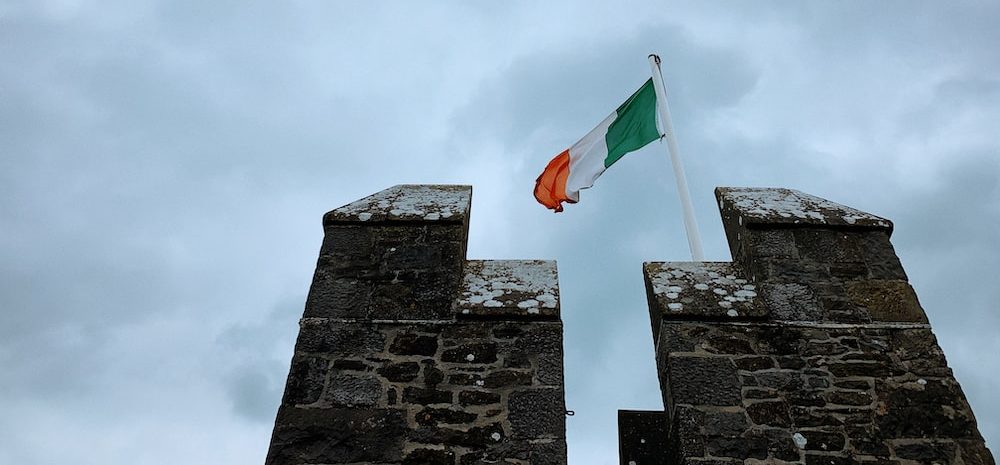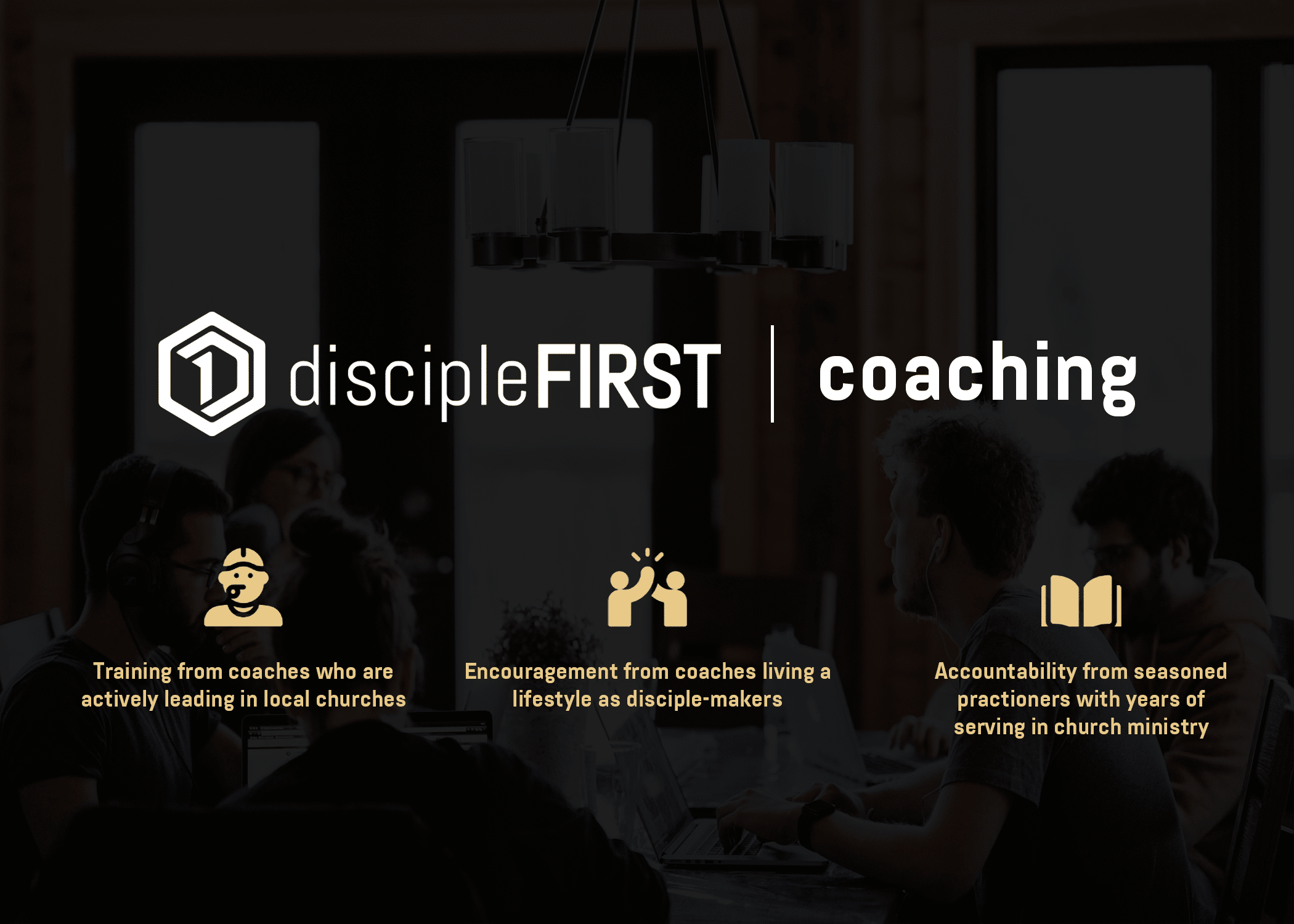The year was AD 400, and Patricius resided in northeast England. The island had been home to the Britons, the Celtic people who populated what is now the British Isles. However, Patricius’s family was Roman, resulting from the Roman occupation of England. He was raised in an aristocratic family, well-educated, and Christian. He was baptized as a youth, educated in the fundamentals of the faith, yet he became quite nominal in his faith. As a teen he loved to ridicule the clergy and run with the wild crowd.
However, his life changed radically when he was captured by Celtic pirates from Ireland and sold into slavery at the age of sixteen. The pirates sold Patricius to a Druid tribal chief named Miliuc moccu Boin, who quickly assigned him to work cattle. During his six years of captivity, Patricius changed. The spoiled young man was now humbled. While working in the fields he observed creation and the glory of God’s handiwork. Remembering his Christian upbringing, he now fully devoted himself to Christ.
He wrote:
After I had arrived in Ireland, I found myself pasturing flocks daily and I prayed a number of times each day. More and more the love and fear of God came to me, and faith grew and my spirit was exercised, until I was praying up to a hundred times every day and in the night nearly as often.
He spent the nights with other Briton slaves, many of whom were Christians, who encouraged him in his faith. He came to understand his captors, coming to love them and pray for their salvation. He also learned the language and customs.
One night in a dream, a voice told him to run to the coast: “Your ship is ready.” He walked for days and stowed away on a ship headed for England. Back home it was clear that Patricius, or Patrick, was a different person. He trained for the priesthood, immersing himself in Scripture and theology, and he was appointed as a parish priest in England for some time.
Now forty-eight years old, and toward the end of the average life expectancy for that time, Patrick had yet another dream. He had a vision of an angel from God reading a letter from the people of Ireland, begging him to come to them. Recognizing this as his “Macedonian call,” Patrick was ordained as a bishop to Ireland and set sail with a team of priests and laymen to evangelize the people.
Ireland was barbarian and uncultured. It was a hostile place. While Patrick’s strategy is not overtly recorded for us, by observing his methods, we can understand his predictable pattern. He and a small team approached a village and met with the leaders, seeking to share the gospel with them. They asked permission to set up camp outside the village, and then the team interacted with the people, building relationships, sparking gospel conversations. Members of the team invested more time in those who showed interest by meeting their families and friends. Eventually, new believers were baptized, and a small church began. Then after some time, a few leaders remained with the new church while the rest of the team and a few new converts went to the next village.
This process of relational evangelism, church planting, and leadership development proved to provide a Christian faith that was indigenous to the people and one that could rapidly multiply. Ironically, the religious establishment in England was angry at Patrick for his methods of spending time with such barbarians and sinners. Yet his ministry ignited a movement that transformed the island and provided a hub for missionary work for years to come.
Patrick later wrote:
This is why it came about in Ireland that people who had no acquaintance with God . . . are recently . . . made a people of the Lord and are known as children of God. . . . For God gave me such grace, that many people through me were reborn to God and afterward confirmed and brought to perfection.
He knew the good work he had done in Ireland was in fact a work of God. Patrick died on March 17, 461, and still today we celebrate his life and impact.
Are you passionate about disciple-making and want to take your church’s efforts to the next level? Join us for our upcoming webinar, “It Takes Bold Moves to Lead Like Jesus,” where we will explore the seven bold moves necessary to transition any church into an intentional disciple-making church, happening on Thursday March 30 at 1pm.







